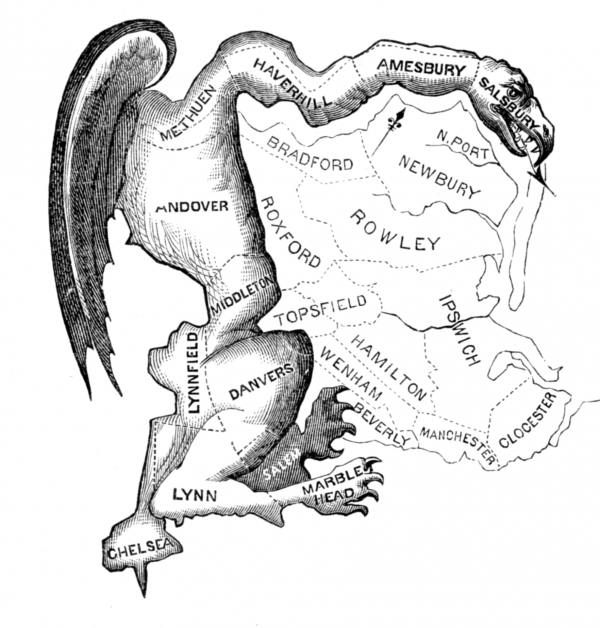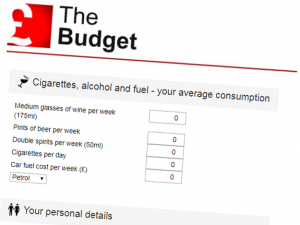On the recent Math/Maths Podcast, among other things, we discussed the upcoming referendum on the UK voting system. Since then, I’ve become aware of a few more articles and blog posts that may be of interest. The referendum asks for a “Yes” to change the method of running the election of MPs to Westminster to the Alternative Vote (AV) system, or “No” to keep the existing “First-Past-The-Post (FPTP) system. The BBC have a Q&A that covers the basics. The referendum is this Thursday, 5th May. If you are undecided, or interested in the issues, here is a reading list. I am focusing on those articles which deal with the topic from a mathematical point of view. (Alright, a few of them are more ‘economics’, but we all enjoy a bit of subject-line-blurring, don’t we?) There is much writing purely on the politics of the debate, but you can find that elsewhere (although be warned: the campaign has been called “a new low in the quality of British political argument“).
A piece by Jacob Aron in the New Scientist, ‘Mathematicians weigh in on UK voting debate‘, looks at, and provides some commentary over, two blog posts: ‘Two cheers for AV‘ by economist Dennis Leech and ‘Is AV better than FPTP?‘ by mathematician Tim Gowers. Both look at some misconceptions of the whole debate and, while giving a fairly impassioned and to some extent balanced look, both are nevertheless pro-AV. In particular, Gowers’ list of claims made by the “No” campaign is well worth a read.
A typically mathematician approach is to reach for proven results and several articles highlight theorems in voting theory, most notably Arrow’s theorem, which gives conditions in which no voting system can produce a fair result. David Broomhead, writing in the Guardian under the heading ‘A formula for fair voting‘ and sub-heading “The AV debate so far has been riddled with false assertions. Here’s the mathematics to prove it”, touches on Arrow’s work and also explains the Gibbard-Satterthwaite theorem, on tactical voting. Tony Crilly goes into Arrow’s work in some depth in Plus under the title ‘Which voting system is best?‘ and also gives an entertaining voting scenario in which twenty people are voting to elect one of three candidates and, depending how votes are counted, any of the three candidates can win.
This morning, Tony Crilly has a piece in the Independent, ‘The maths of AV: A small step towards a fairer vote‘, in which he explains a few quirks of the two systems and gives a little history.
Tim Harford wrote on Twitter today to highlight two blog posts he wrote: ‘Vital, yet unrepresentative. That’s democracy for you‘ in the run up to the 2010 General Election, on the proportion of the vote needed by each party to win a majority and, yes, Arrow’s theorem; and, ‘Why small parties can punch above their weight‘ on the morning after that election, about the game theory of forming coalitions.
There is also some interest in the claim by the “No” campaign that AV is too complicated for people to understand. This is covered by Gowers in his piece and also by Johann Hari in his pro-AV piece: ‘If you get the X-Factor, you can get AV‘, which contains provocative talk about “a campaign that thinks you are too thick to count to three”.
A fan of a good visual representation, I note the “Yes to AV (and beer)” graphic posted by Adam Ramsay in a piece entitled ‘11 reasons to vote Yes on Thursday‘.
There has been a lot of “Yes”-leaning writing listed here. I haven’t seen anyone arguing strongly that FPTP is mathematically a better system than AV. Most arguments against seem to be those listed by Gowers – or, as I have seen it called, “scaremongering and peddling untruths“. The closest I’ve heard is something like ‘vote no because AV doesn’t go far enough’. I’m happy to be corrected.
Further contributions are most welcome in the comments or via Twitter.


